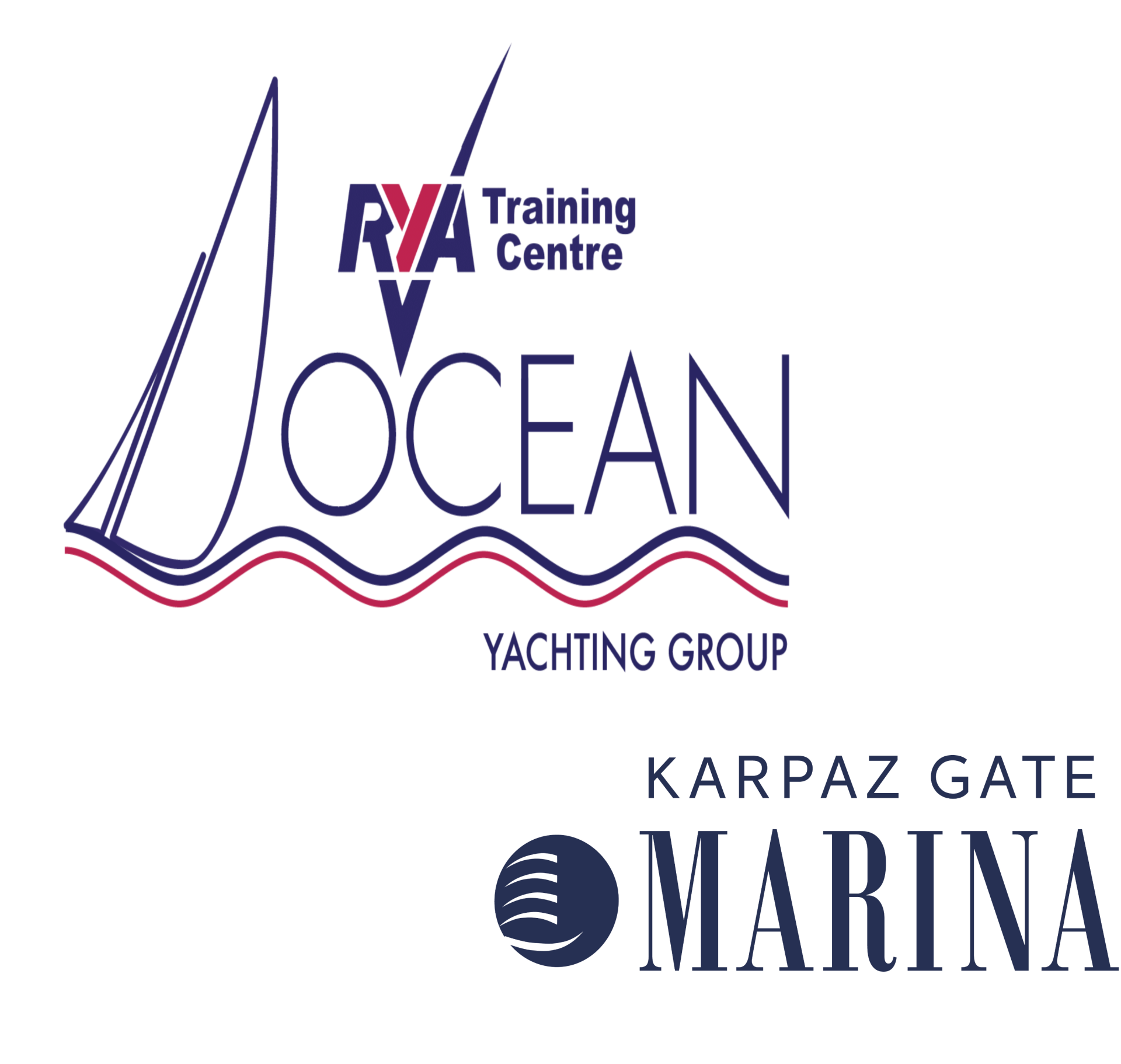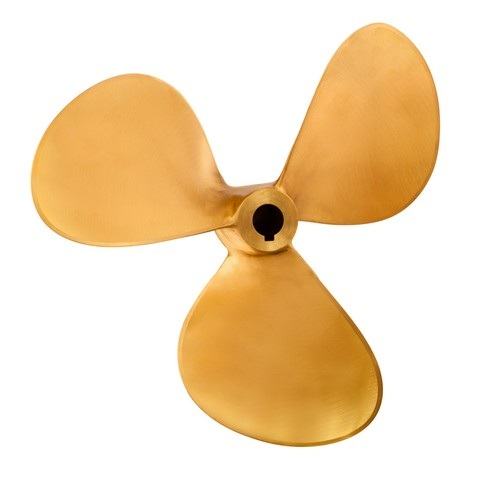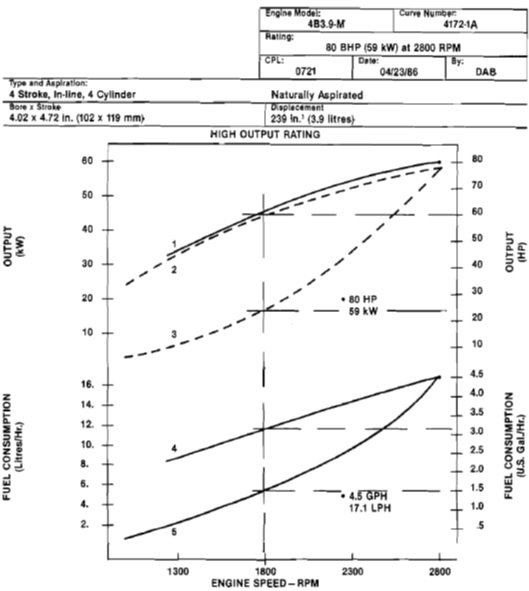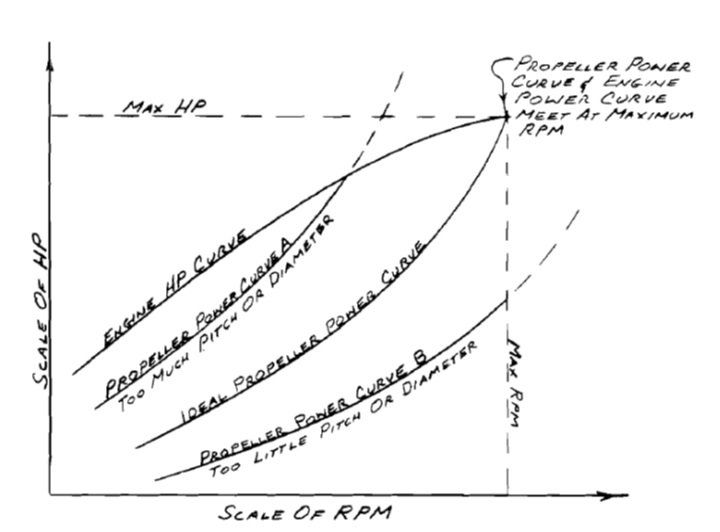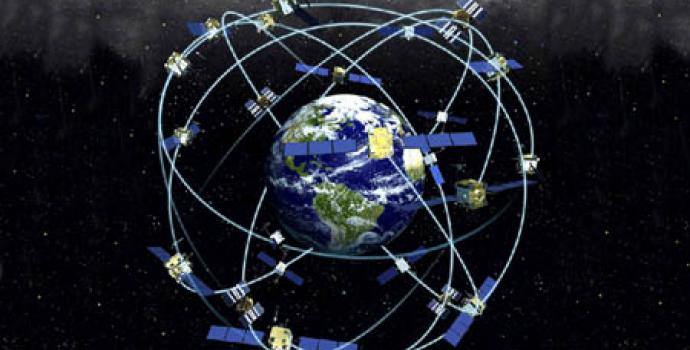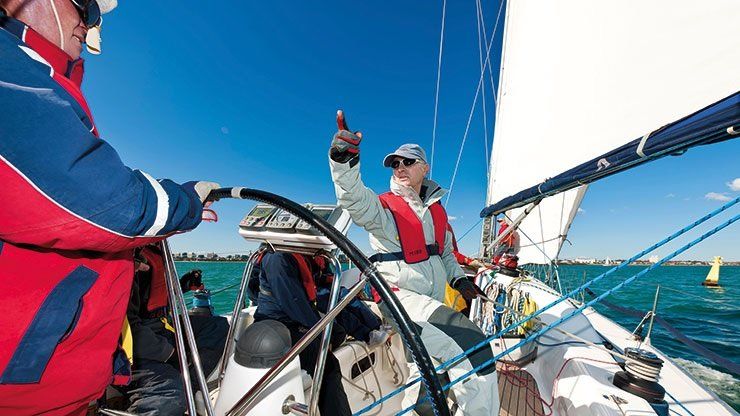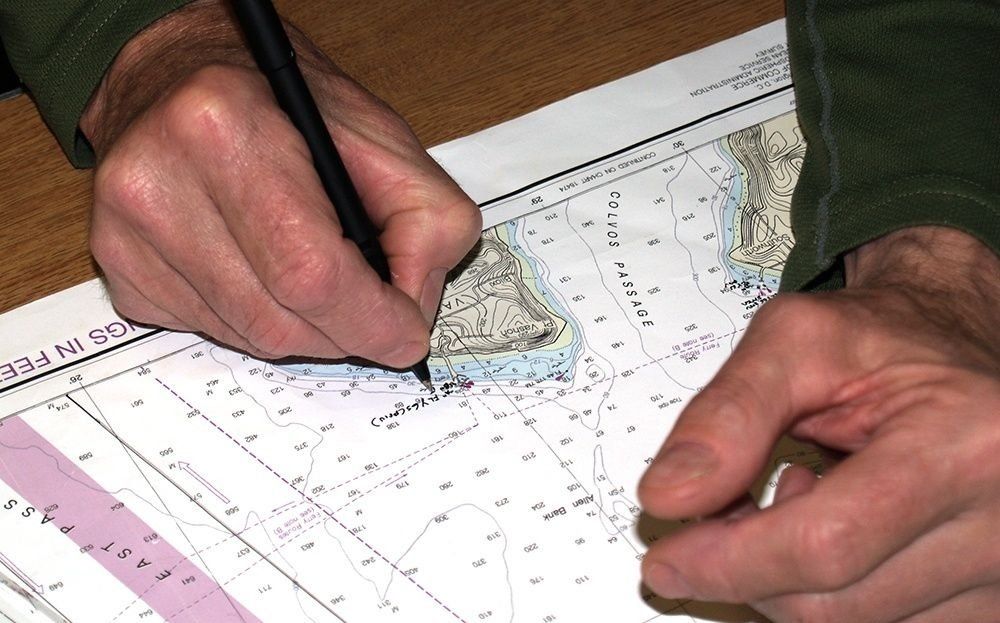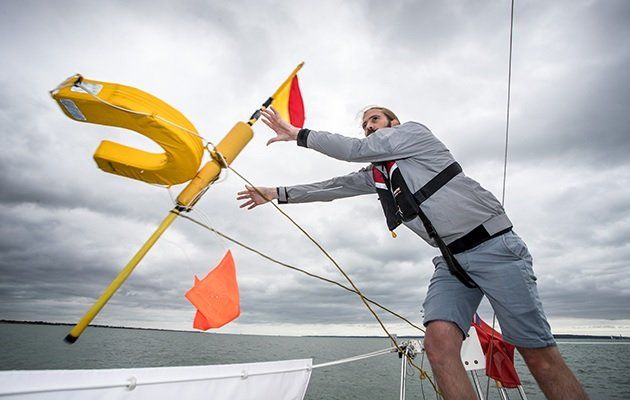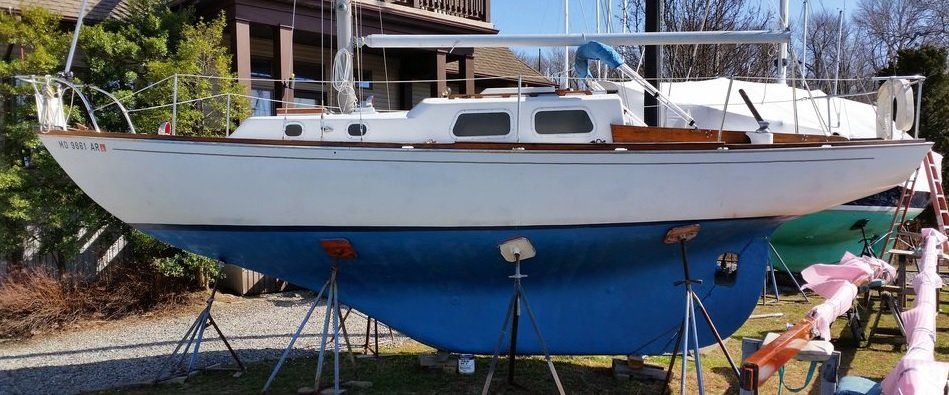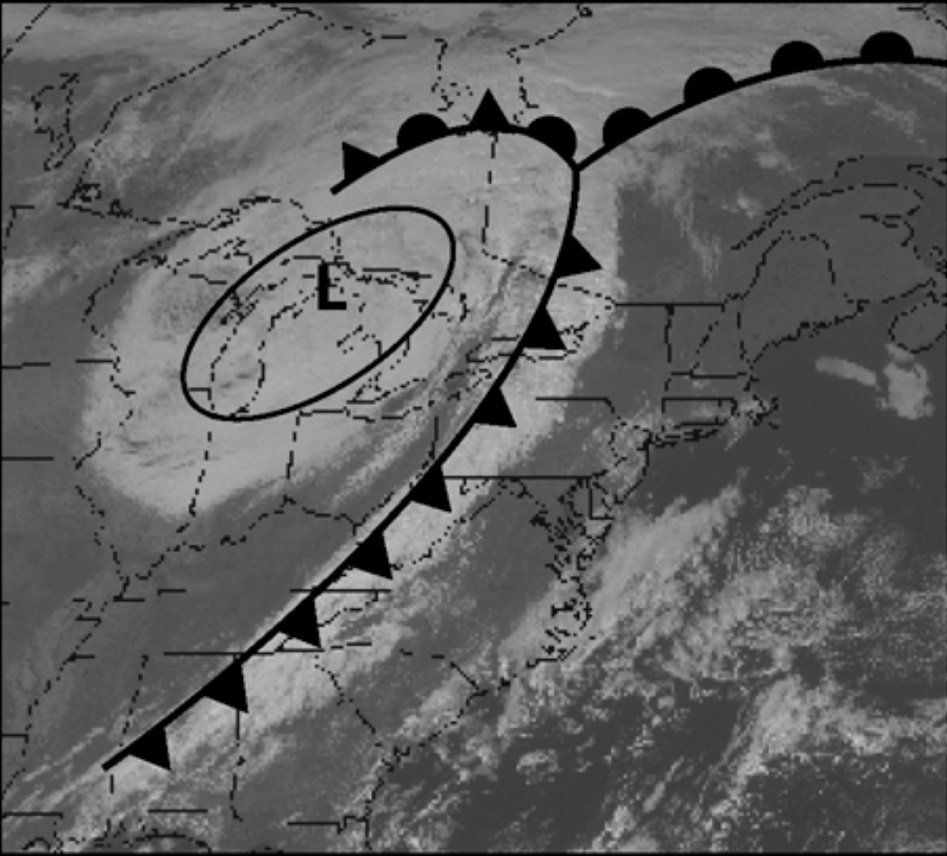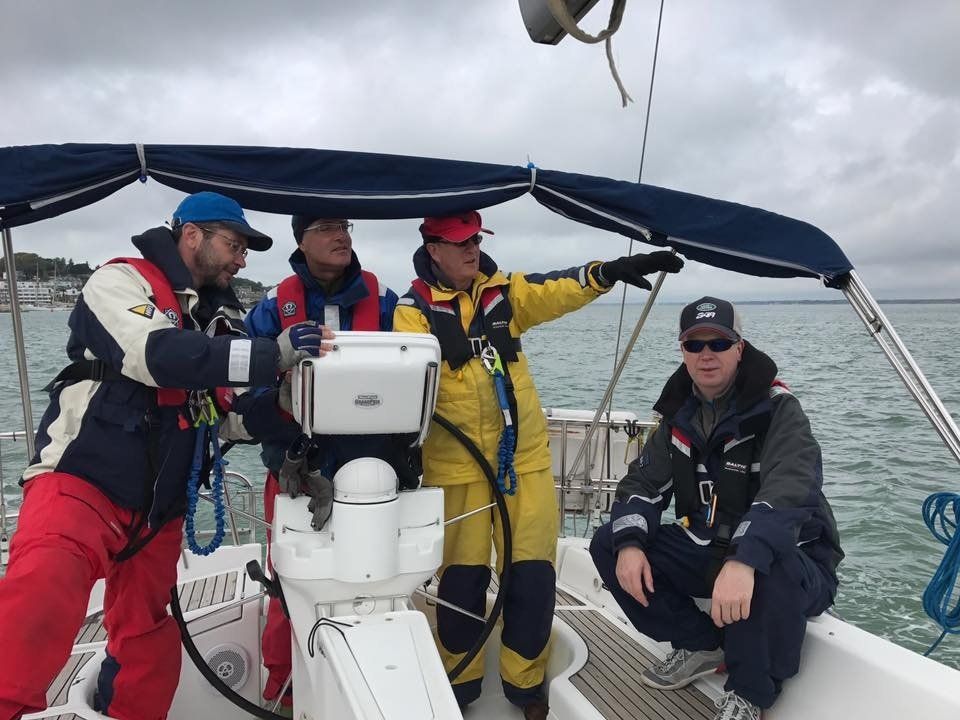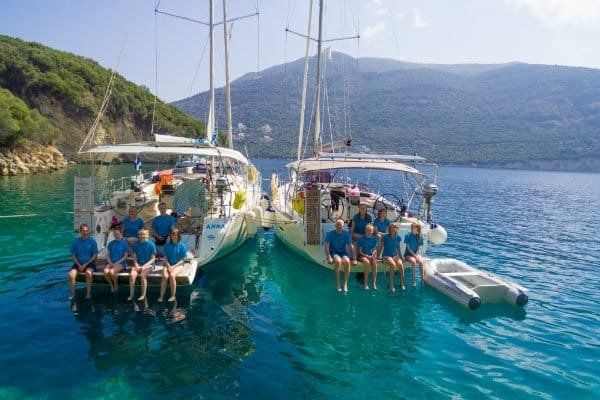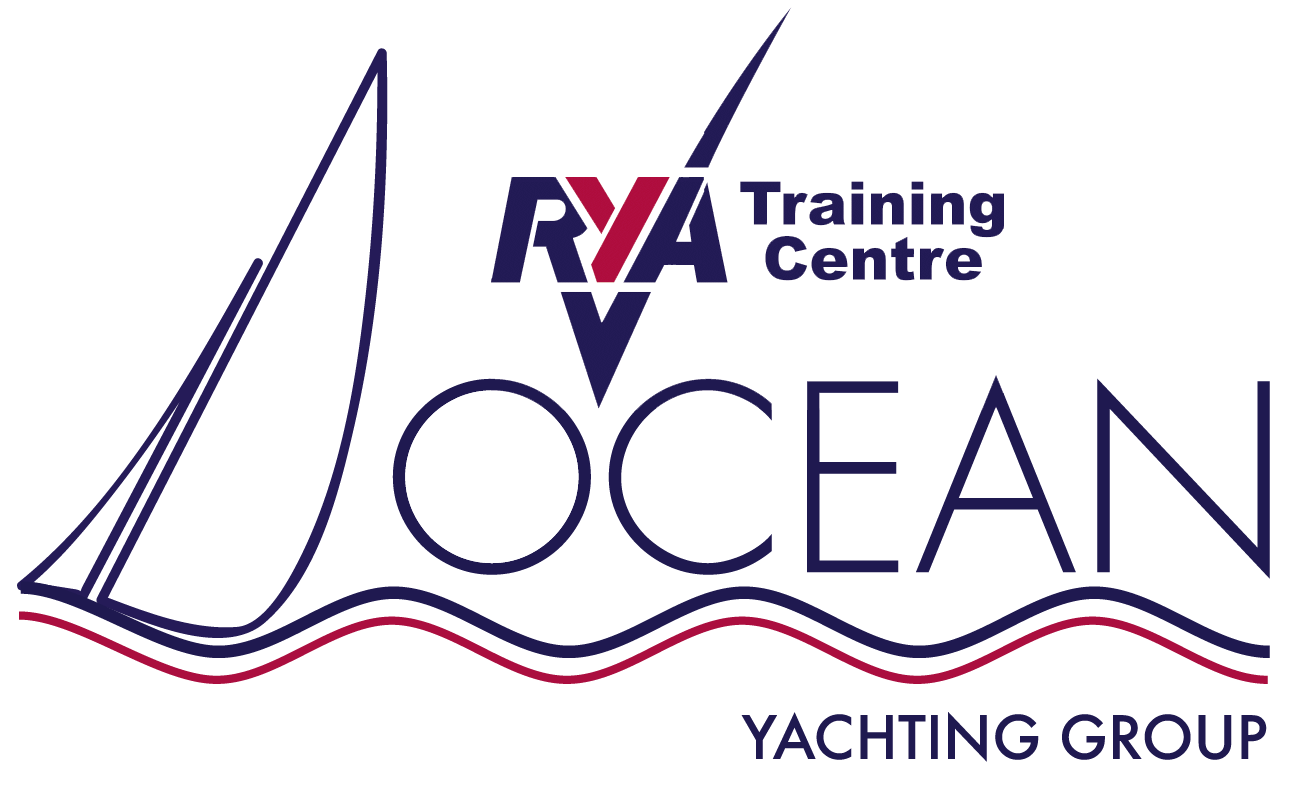Understanding Engine Performance
Selectin a Prop and Power planet for your boat involves many considerations one of them is understanding the engine performance,
A propeller must satisfy two basic requirements. It needs to match the engine's power
and shaft speed, and it must match the size and operating speed of the boat.
But the size of the engine affects boat speed, and the type of hull affects the choice of engine.
This circular relationship, with one factor affecting another, which in turn affects the first
factor, is inescapable in propeller selection.
These basic requirements engender some of the most frequently asked questions about
propellers:
Why won't my engine reach its top rated RPM?
Will more or less pitch improve my boat's performance?
Why doesn't my boat reach the top speed claimed by the manufacturer?
Before we can answer these and other such questions, we have to investigate
power, engine performance, and speed in some detail.
Obviously, the more power available the faster a boat will go.
Accordingly, one of the very first decisions that must be made in selecting an
engine and propeller, whether for repowering, for a new design, or simply to improve
performance, is the speed of operation desired.
MEASURES OF POWER
In the English system, one
horsepower
(HP) equals 33,000 foot-pounds of work per Minute
or
550 foot-pounds of work per second, a foot-pound being the work expended to lift a weight of one pound through a distance of one foot.
One horsepower also equals 0.7457
kilowatt,
which is the metric measure of power.
One kilowatt equals 1000 joules per second, or 1000 newton-meters per second.
There is also a metric horsepower (HK or PK), which is equal to 0.9863 English-measure HP
WHAT IS
Effective Horsepower, EH?
Effective horsepower
or
EHP
is the power required to overcome a vessel's resistance at a
given speed, not including the power required to turn her own propeller and operate her
machinery. This is very close to the amount of power required to tow the vessel.
WHAT IS Indicated Horsepower, IHP?
Indicated horsepower or IHP is the power required to drive the vessel at a given speed.
Indicated horsepower includes the power needed to overcome friction in machinery and to turn the propeller through the water. The ratio of EHPIIHP is usually around 50 percent;
in other words, the indicated horsepower is usually about twice the effective horsepower,
but this will vary with the installation. Neither EHP nor IHP can be determined without access to sophisticated tank test results or computer prediction programs, and neither figures in the propeller selection methods
WHAT IS Shaft Horsepower, SHP?
Shaft horsepower or SHP is the power actually transmitted along the propeller shaft to
the propeller at a given RPM.
Shaft horsepower is the brake horsepower minus the power used by all internal machinery; the power lost in the gearbox, about 3 percent (if not already deducted in the brake horsepower); and the power lost to the friction of shaft bearings, about 1% percent per bearing. Maximum shaft horsepower is the maximum power delivered to the propeller, almost always at maximum attainable RPM.
It is important to remember that SHP is the measure that should actually be used in
making propeller calculations. In the absence of detailed information. maximum SHP
may be assumed to be 96 percent of maximum BHP.
Like brake horsepower, the term shaft horsepower, when used without an indication of RPM, is taken to mean maximum
shaft horsepower.
WHAT ARE THE Effects of Horsepower?
Obviously, more power permits more work to be done in a given time. This means that an increase in horsepower in a given hull permits either an increase in speed or an increase in the load that may be towed. Too little power will not drive a vessel at the desired speed, while too much will be wasteful of fuel, space, and initial expense.
Power and Energy Losses
It is interesting to see approximately where the energy from the fuel goes. About 35
percent is lost in heat to the atmosphere, 25 percent is lost in heat and vibration to the
water, and 2 percent is lost at the propeller shaft.
This leaves only about 38 percent of the energy in the fuel for propulsion. Of this 38 percent, as a very rough guide, about 3 percent is used to overcome air resistance, 27 percent to overcome wave resistance, 17 percent to overcome resistance from the wake and propeller wash against the hull;
18 percent to overcome skin friction; and 35 percent to turn the propeller. These are average values only; actual values will vary greatly from one type of boat to the next.
ENGINE PERFORMANCE CURVES
The power and torque available from an engine are clearly defined by that engine's performance curves.
These curves are available on performance curve sheets, distributed by most manufacturers, that plot BHP, torque, and fuel consumption against RPM.
A few manufacturers include the curve of SHP, which will fall just under the BHP curve. Such SHP curves deduct power lost in the gearbox (also known as the transmission, of course) but do not include deductions for shaft bearings after the gearbox or for power used by auxiliary equipment.
These power losses must still be deducted where applicable to obtain true SHP at the propeller, using 1% percent for the power loss at each bearing and the rated horsepower of auxiliary generators, refrigeration units, hydraulic motors, etc.
Propeller Power and Fuel Consumption Curves
Two additional curves are sometimes included on the performance curve sheet. One is
the theoretical propeller power curve and the other is the propeller fuel consumption curve.
The theoretical propeller power curve is an approximate representation of an average
propeller's power requirements at various RPMs.
For most fixed-pitch propellers that match their engines correctly, the propeller power curve crosses the shaft horsepower curve near the maximum RPM and maximum SHP. This means that when the engine is turning at top WM, it will-in theory-be delivering exactly the power required by the propeller.
(Intuition tells us that the propeller power curve is related to the indicated horsepower, IHP, but the relationship is not simple and not particularly relevant to the purposes of this book.)
The theoretical propeller power curve is taken from the formula:
The sum matching constant, in this case, is arbitrarily chosen to make the propeller
power curve cross the SHP curve at maximum RPM.
In fact, much of the process of propeller selection detailed in Chapters 5 and 6 is-in effect-determining this value exactly.
Choosing the correct propeller pitch, diameter, and blade area will ensure that
the power
requirements of the propeller match the engine correctly.
The propeller power curve on the engine performance sheets, however, is only theoretical. It is a good approximation, useful for visualizing the relationship between specific engines and propeller power.
The exponent, n, has been found by experience to be 2.7 for almost all medium- to
high-speed pleasure vessels, passenger vessels, and light commercial vessels.
Heavy commercial craft operating at low speed usually have high-thrust and high-pitch-ratio propellers. For such propellers, n should be taken as 3.0. At the other end of the spectrum, ducted propellers, due to decreases in radial power losses, are best described with an n of 2.2.
RELATIONSHIP OF ENGINE POWER TO PROPELLER POWER
On the other hand, if the propeller selected had such low power requirements that it never crossed the SHP curve-curve B in Figure above -the full power of the engine would never be used. Such a propeller would spin ineffectually and produce little thrust-an indication of too little pitch and/or too little diameter.
In extreme cases, such a propeller could allow your engine to race over its top rated WM and destroy itself.
Here we have given the basic answer to the question, "Why won't my engine reach its top RPM?" The propeller has too much diameter or too much pitch for the engine, and switching to a propeller with less diameter, pitch, or both would allow the engine to turn up to speed.
You should not be too quick to rush out and change the propeller for this reason alone, however. Many engine manufacturers give the maximum rated power of their engines at the maximum RPM attainable in ideal conditions.
As we will see later, it is often a good idea to size the propeller to cross the engine power curve a bit below top rated RPM. If your engine is reaching 95 percent or more of its top RPM, the propeller is probably sized quite well. If you are unable to reach 90 to 95 percent of the top RPM, there is reason to be concerned.
